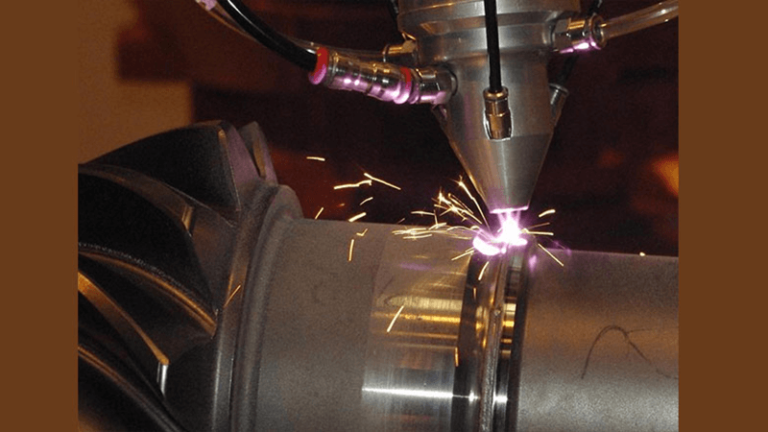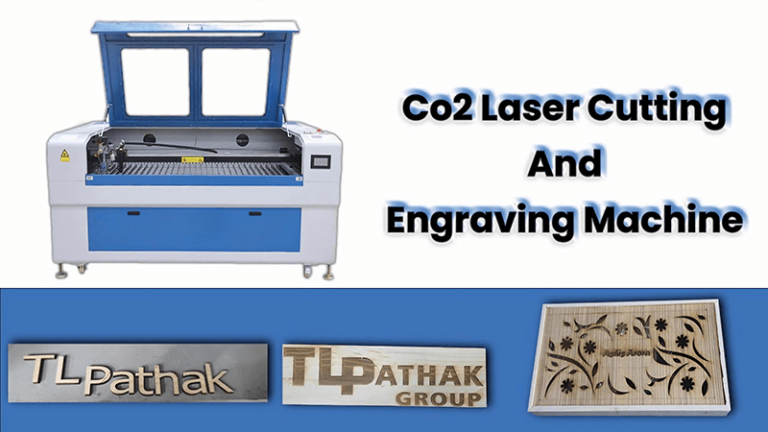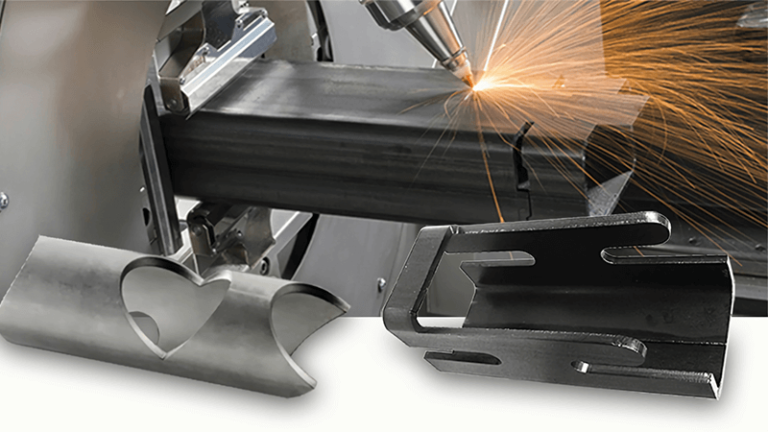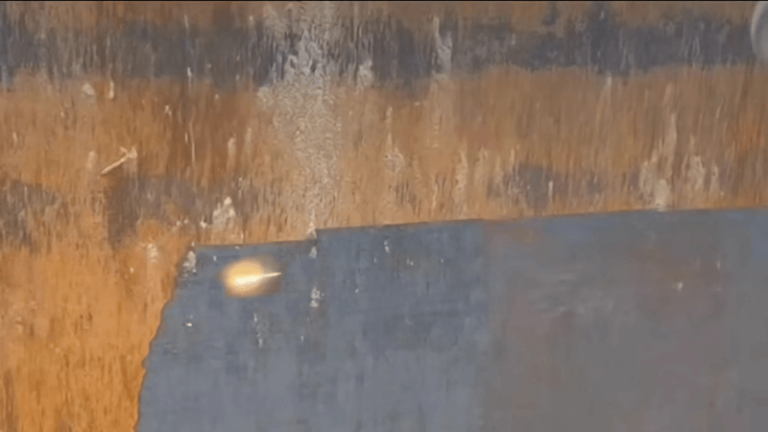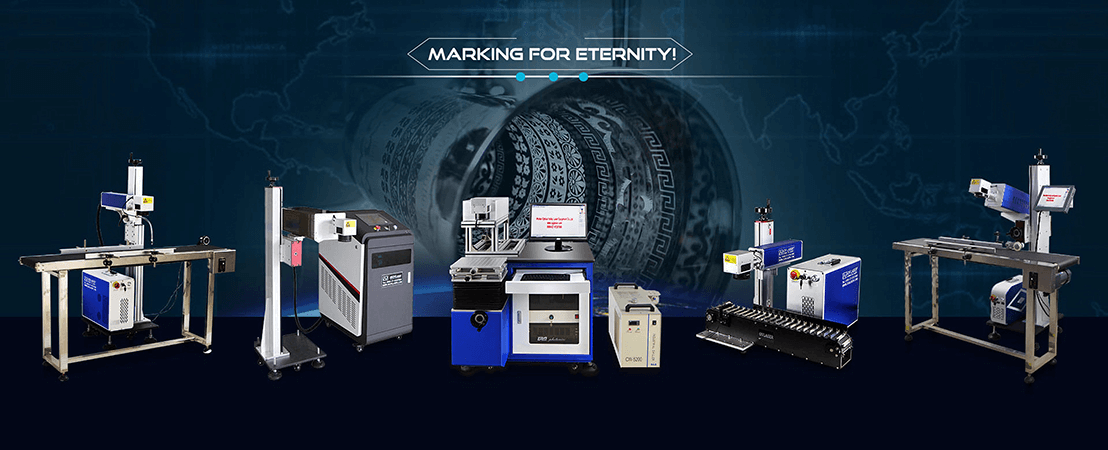
Choosing the right CO2 laser marking machine can be a journey filled with questions and decisions.
To choose the best CO2 laser marking machine, consider key factors like material compatibility, marking speed, precision, and reputable brands. Each factor plays a crucial role in determining the machine's suitability for your specific needs.
While this quick overview gives you a glimpse of what to consider, let's dive deeper into each factor so you can make a confident and informed purchase decision.
CO2 lasers can mark both metallic and non-metallic materials.False
CO2 lasers are best for non-metallic materials; metals require fiber lasers.
What Materials Can a CO2 Laser Marking Machine Handle?
Curious about the versatility of CO2 laser marking machines? Discover the wide range of materials they can mark with precision and efficiency.
A CO2 laser marking machine can handle a variety of non-metallic materials including wood, acrylic, leather, paper, glass, and certain plastics. Its versatility makes it ideal for industries ranging from packaging to automotive, offering precise and permanent markings suitable for various applications.
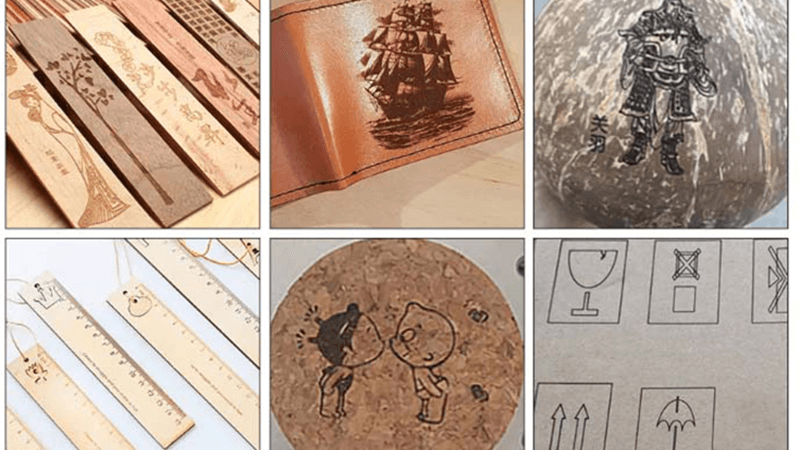
Understanding Material Compatibility with CO2 Laser Marking Machines
CO2 laser marking machines are renowned for their ability to mark a broad spectrum of non-metallic materials. The machine operates by emitting a high-intensity light beam that engraves or marks the surface of the material. This process is non-contact, ensuring minimal wear and tear on the components.
Commonly Marked Materials
-
Wood: From personalized gifts to intricate designs on furniture, wood is a popular choice for CO2 laser marking. The laser can create deep engravings or delicate marks without causing significant damage to the material.
-
Acrylic: Known for its clarity and durability, acrylic is often used in signage and display products. A CO2 laser marking machine can produce clean and polished edges, enhancing the visual appeal of the product.
-
Leather: Whether it's fashion accessories or branded leather goods, CO2 lasers provide sharp and durable markings that stand out on leather surfaces.
-
Paper and Cardboard: Ideal for packaging and labeling, CO2 lasers can mark intricate designs and information swiftly and accurately on paper products.
-
Glass: Etching patterns or logos on glassware is made easy with CO2 lasers, which offer a frosted appearance without compromising the integrity of the glass.
-
Plastics: Many plastics, especially those used in manufacturing, can be marked with CO2 lasers. However, it’s crucial to check the specific type of plastic to ensure compatibility as some may not respond well to laser marking.
Advanced Applications and Industries Benefiting from CO2 Laser Marking
CO2 laser marking machines are pivotal in various industries. For instance, in the automotive sector1, these machines are used for marking components with serial numbers or barcodes to ensure traceability and compliance with industry standards.
The packaging industry2 also extensively utilizes CO2 laser marking to imprint expiry dates, batch numbers, and brand logos on products. This not only enhances brand recognition but also ensures product safety and authenticity.
Challenges and Considerations
While CO2 lasers are versatile, they do have limitations, particularly with metals. Although certain metals can be marked using specially coated surfaces or additives, it's generally advisable to use fiber lasers for metallic materials. Additionally, selecting the right power settings is critical to avoid burning or damaging sensitive materials.
Understanding these nuances can significantly enhance the effectiveness of your laser marking process3, ensuring optimal results across different materials and applications.
CO2 lasers can mark metals effectively.False
CO2 lasers are generally ineffective on metals; fiber lasers are preferred.
Acrylic is compatible with CO2 laser marking.True
CO2 lasers produce clean, polished edges on acrylic, ideal for signage.
How Does Marking Speed Affect Productivity?
Marking speed is a critical factor in laser marking, directly impacting productivity and efficiency.
Marking speed affects productivity by influencing the throughput and efficiency of laser marking processes. Faster speeds can lead to higher output, but must be balanced with quality to ensure optimal results.
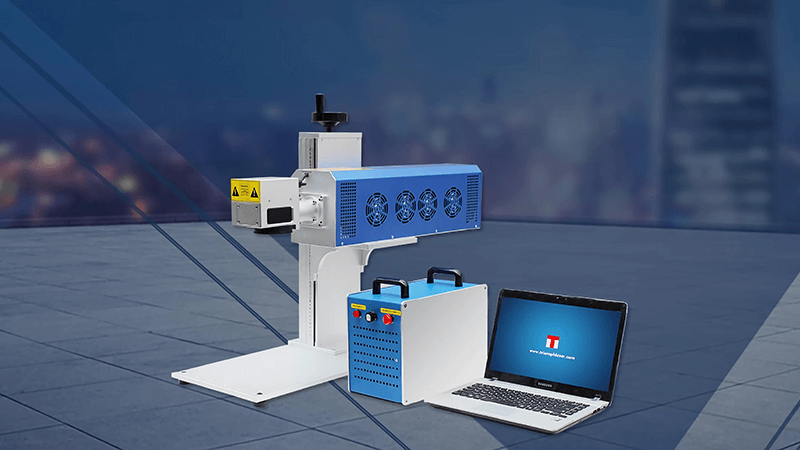
The Impact of Marking Speed on Workflow Efficiency
In industrial settings, the speed at which a CO2 laser marking machine4 operates can significantly alter workflow dynamics. A faster marking speed can increase the throughput of products, meaning more items are marked in a given time frame. This is especially beneficial for high-volume production environments where time equals money.
However, it’s crucial to consider that speed must not compromise the quality of the marking. For example, increasing the speed might lead to shallow or incomplete markings if the machine isn't appropriately calibrated. Hence, achieving a balance between speed and quality is key.
Quality Versus Quantity
Marking speed should be adjusted based on the material type and desired marking depth. Some materials may require slower speeds to ensure high-quality marks. A well-calibrated machine allows operators to adjust the speed according to specific project requirements, ensuring each item meets quality standards.
| Marking Speed | Material Type | Quality Impact |
|---|---|---|
| High | Metal | May reduce clarity |
| Medium | Plastic | Balanced quality |
| Low | Wood | Optimal depth |
Technological Advancements
Technological advancements have led to machines capable of maintaining high speeds without sacrificing quality. Modern CO2 laser marking machines come with features like automatic adjustments and feedback systems that ensure consistent output. These innovations are invaluable for industries striving for efficiency without losing precision.
Exploring these technological advancements will help businesses stay competitive while maintaining productivity levels. Consider researching the latest models that offer enhanced features tailored for different applications.
Customizing Marking Speed for Different Applications
Different applications demand varied marking speeds. For instance, in the automotive industry5, durability and clarity are paramount, which might necessitate slower speeds for deeper engravings. On the other hand, electronics may require swift markings for serial numbers without much depth.
Adjustments and customizations allow businesses to tailor their operations to meet specific industry standards and customer expectations. Understanding the flexibility of your machine and utilizing its full potential is essential for maximizing productivity.
By examining these factors, businesses can optimize their operations and ensure that their marking processes contribute positively to overall productivity.
Faster marking speeds always improve productivity.False
Speed must be balanced with quality; too fast may reduce mark clarity.
Modern machines maintain quality at high speeds.True
Technological advancements enable consistent output without sacrificing quality.
Why Is Brand Reputation Important When Choosing a Machine?
In the vast market of CO2 laser marking machines, brand reputation often serves as a key differentiator. Why should you prioritize this factor?
Brand reputation is crucial when selecting a machine as it reflects quality assurance, customer support, and long-term reliability. Trusted brands often provide superior performance, durable products, and excellent after-sales service, ensuring peace of mind and investment security.

The Value of Trust and Reliability
When considering a CO2 laser marking machine, the brand's reputation can significantly impact your decision. Reputable brands are synonymous with trust and reliability. They have a proven track record of delivering high-quality products that meet customer expectations consistently. This assurance can be invaluable, especially when making substantial investments in machinery.
Quality Assurance and Performance
Well-regarded brands often invest heavily in research and development, ensuring their machines are at the forefront of technology. This focus results in enhanced precision, speed, and efficiency, all critical for businesses relying on laser marking for production. Brands with strong reputations typically offer certifications and industry accolades6 that testify to their product standards.
After-Sales Support and Customer Service
A strong brand reputation often equates to superior customer service. This includes comprehensive after-sales support, such as installation assistance, training, and troubleshooting. Established brands understand the importance of maintaining customer satisfaction, offering warranties and maintenance services that protect your investment.
Longevity and Market Feedback
Brands with a solid reputation usually have a long-standing presence in the market. This longevity allows them to gather extensive feedback from their customers, continuously improving their products. Moreover, these companies often have vibrant user communities7 where customers can share experiences and solutions.
Balancing Cost with Brand Value
While it might be tempting to opt for cheaper alternatives from lesser-known brands, the potential risks often outweigh the savings. Low-cost machines may lack durability and require frequent repairs, leading to downtime and additional costs in the long run. A reputable brand ensures that you receive value for every dollar spent, balancing cost with performance.
In conclusion, considering brand reputation is not merely about choosing a name; it's about ensuring quality, support, and peace of mind. By prioritizing brands with established reputations, you are more likely to find a machine that meets your current needs and adapts to future demands.
Reputable brands guarantee superior CO2 laser marking performance.True
Trusted brands invest in R&D for better precision and efficiency.
Low-cost machines offer the same reliability as top brands.False
Cheaper machines often lack durability, leading to more repairs.
What Are the Key Differences Between CO2 Laser Marking Machines?
With various CO2 laser marking machines on the market, understanding their differences is vital for making the right choice.
CO2 laser marking machines differ in power, beam quality, cooling systems, and software capabilities. Each aspect influences performance, affecting speed, precision, and material suitability.
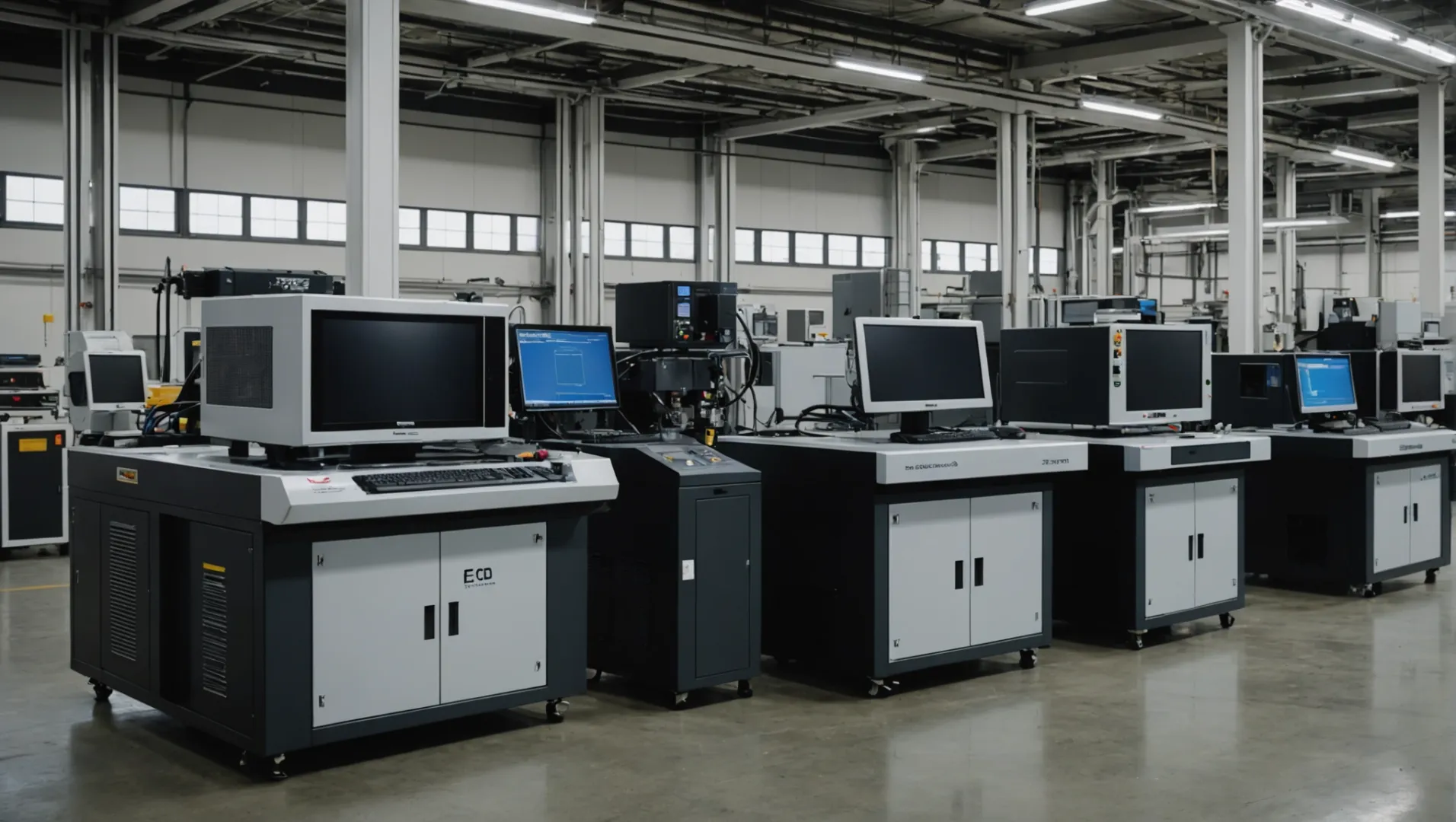
Power Output
One of the primary distinctions among CO2 laser marking machines is their power output, typically measured in watts. Machines with higher wattage can mark materials faster and handle thicker or harder substrates. However, they may also consume more energy and require more robust cooling systems.
| Power Output | Best Suited For |
|---|---|
| 10-30 Watts | Soft plastics, wood, and paper |
| 30-60 Watts | Leather, ceramics, coated metals |
| 60+ Watts | Glass, acrylics, and industrial metals |
Beam Quality
The beam quality significantly affects the precision of the marking process. A high beam quality enables finer, more intricate markings and is crucial for applications requiring detailed work such as micro-marking in electronics.
Cooling Systems
Cooling systems are essential for maintaining the efficiency and longevity of a CO2 laser marking machine. They can be air-cooled or water-cooled. Air-cooled systems are generally less complex but might not be as effective for high-powered machines that generate more heat.
Software Capabilities
The software used to control the laser machine is another differentiator. Advanced software offers better control over marking parameters, supports a variety of file formats, and can integrate with other production systems for streamlined workflows.
Additional Features
- Ease of Integration: Consider if the machine can easily integrate into your existing production line.
- Maintenance Requirements: Check how often maintenance is needed and what parts may require regular replacement.
- User Interface: Machines with intuitive user interfaces reduce the learning curve and improve productivity.
When evaluating CO2 laser marking machines, assess these differences based on your specific needs. Understanding these key factors can lead you to the machine that will best enhance your production capabilities. For additional guidance, consider exploring CO2 laser power variations8 and beam quality impacts9 for more detailed insights.
Higher wattage CO2 lasers consume more energy.True
Higher wattage requires more power, increasing energy consumption.
Air-cooled systems are better for high-powered lasers.False
Water-cooled systems are more effective for high heat dissipation.
Conclusion
By focusing on compatibility, quality, speed, and brand reputation, you can confidently select the best CO2 laser marking machine for your needs.
-
Explore how CO2 lasers ensure traceability in automotive parts.: Laser marking automotive parts is a versatile and permanent process that helps identify and track components during and even after the manufacturing process. ↩
-
Discover how CO2 lasers enhance packaging efficiency and branding.: The versatility of a single CO2 laser allows for many things in order to mark information. This includes the ability to date codes, cut films or packages, and ... ↩
-
Learn techniques to optimize laser marking results effectively.: Learn the different types of laser marking processes, best practices for laser marking machines, and the manufacturing industries that are ... ↩
-
Learn how marking speed boosts production in various industries.: The shallower the marking, the faster the speed, and vice versa. If you want to mark a higher depth on the surface of the material, you need to ... ↩
-
Discover new tech that enhances speed without sacrificing quality.: The Future of Laser Marking: Trends and Innovations · UV Lasers, Green Lasers, and Femtosecond Lasers · AI Fueling Laser Marking Innovations · Quantum Dots. ↩
-
Discover certifications that assure product quality and standards.: THUNDER LASER MACHINES ARE CE Certified and FDA CLASS 2 AND COMPLETELY SAFE TO OPERATE AS LONG AS ALL DOORS ARE CLOSED AND ALL SAFETY SYSTEMS ARE IN GOOD ... ↩
-
Join communities to gain insights and share experiences.: Supply and share information of best quality products. Talk about problems related to laser machines. Exchange ideas about latest laser business. ↩
-
Explore how varying power outputs affect different materials.: A CO2 laser's voltage needs are proportional to the length of the tube. A 40W laser needs ionizing voltages in the range of 14,000- 20,000V and ... ↩
-
Learn why beam quality is crucial for precision marking.: The beam quality is a measure for how well a laser beam can be focused. It is essential for the focusability of laser beams. ↩


